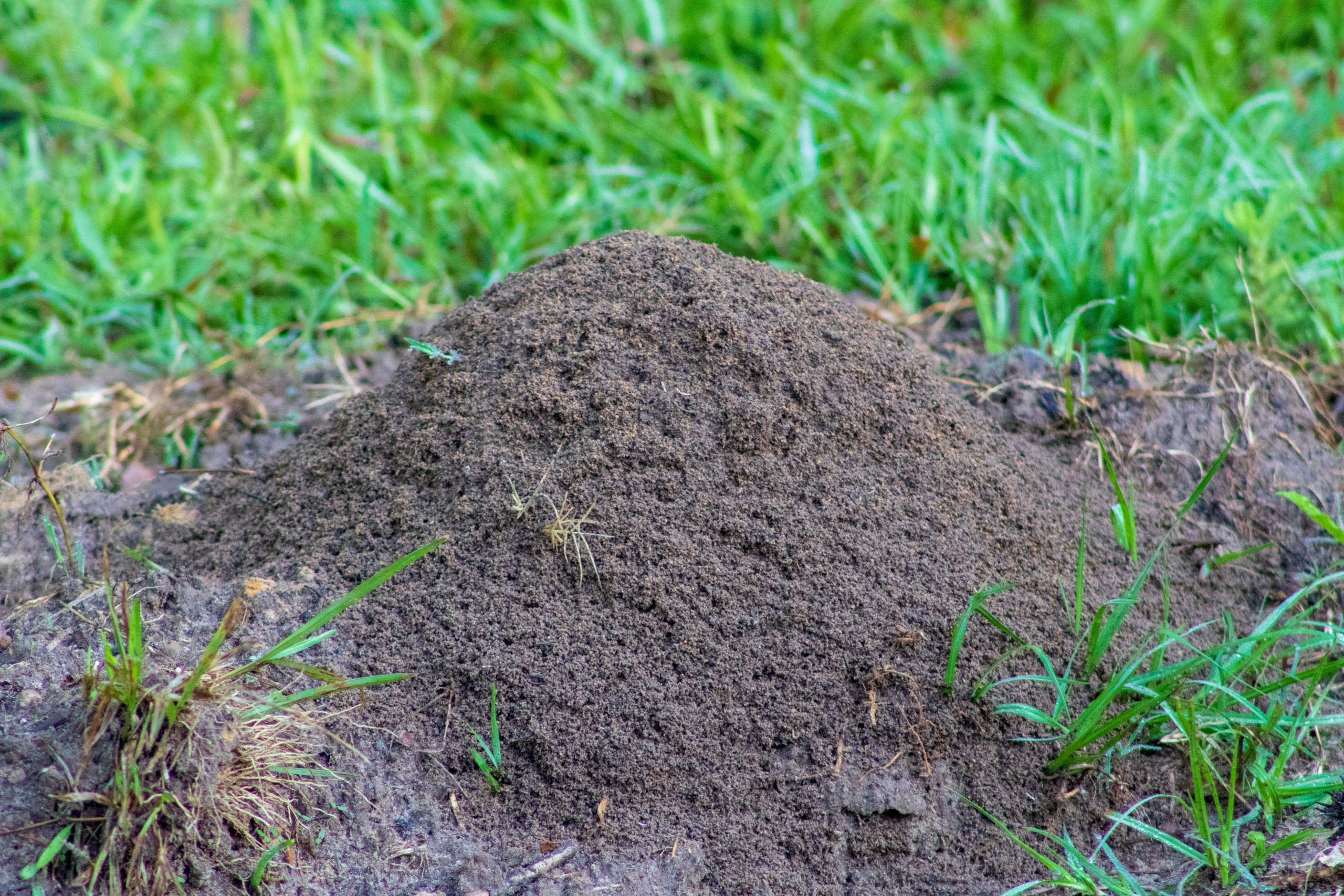Fire ants are an invasive species, and relatively regional. They’re an “if you know, you know” kind of pest. Native to South America, they were likely introduced to North America via the port of Mobile, Alabama in the dirt ballast formerly used in cargo freighters. Spreading on agricultural materials and by natural methods, fire ants can now be found in much of the southeastern United States. Quarantine has significantly slowed the spread outside of already afflicted states.
Georgia residents are acutely aware of fire ants. If you grew up here, you knew to steer clear of those prominent red dirt mounds when playing in the yard unless you desired to be stung repeatedly. As winter approaches and air temperatures fall, they seem to all but cease activity. Where did they go? Are they dead?
Below is a quick breakdown of fire ants and their winter activity from the pest control experts at Nature’s Turf, a pest treatment company in Georgia.
Where Do Fire Ants Go In Winter?
When the weather gets cold, ants seek warmth. Most commonly, fire ants will go into the deeper chamber of the colony, huddling to conserve heat and protect the queen. While they don’t fully hibernate, they do become quite inactive in periods of severe cold. Since they aren’t asleep, that also means that they can become more active during warm spells in the winter, mistaking that period for spring.
The other place ants find warmth in the winter is your home. While you’re more likely to get small black ants, you may experience fire ants inside too. In order to ensure that doesn’t happen, make sure that your windows, doors, siding, and foundation are sealed.
Also, make the effort to prune shrubbery away from your house to make sure there isn’t an easy bridge for them to climb across. Lastly, if you find them inside, use good sanitation practices to limit food sources, and fix any issues that may allow for free sources of water. You can also call your friends at Nature’s Turf, and speak to one of our pest treatment professionals about our pest control services.
Can You Treat Fire Ants In Winter?
During much of the winter, treating fire ants would be fruitless. Fire ant control products are typically baits, and that is a strategy.
What we want is for foragers to stumble across it, create a hormone trail directing their counterparts to the honey hole of food they just found, and carry that back to the mound where they then feed it to their queen. When the weather is cold, those ants aren’t out foraging though. Instead, they’re in the depths of the chambers with the rest of their colony.
When warm spells occur, if they’re prolonged, ants may begin to emerge again from the vents, excavating and reconstructing the mound. This may also mean they are foraging since they haven’t eaten in a while. This is a fine time to treat, and the same rules apply as any other time of the year.
- Don’t disturb the mound. This just makes them mad. Instead of foraging, now their prime focus is stinging you.
- Don’t apply bait directly to the mound. Instead, place it a couple of feet beyond the perimeter of the mound. This taps into their natural consumption method and encourages them to bring it inside in droves.
The Pest Control Difference With Nature’s Turf
At Nature’s Turf, we have a Fire Ant program that strategically utilizes baits to reduce mounds, keeping you, your children, and your animals using your yard without fear of sting. If you’d like a quote or more information about this program, give us a call at 678-831-6343, or email us at info@naturesturf.com.








